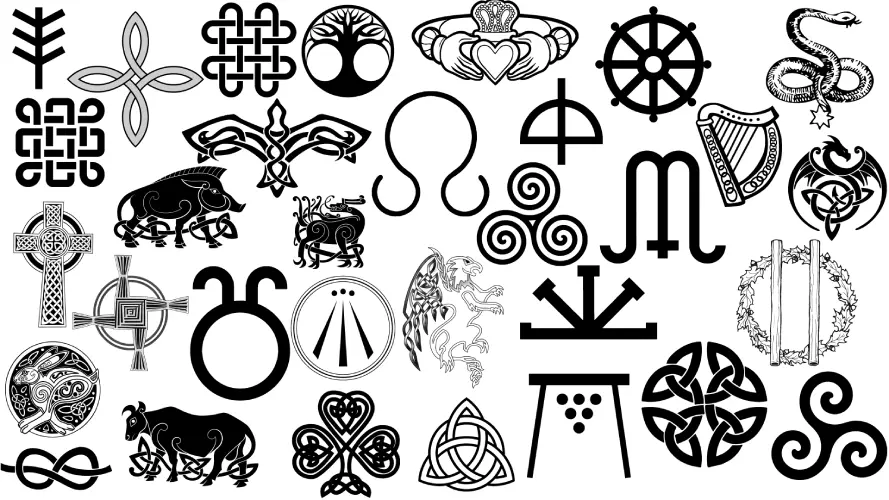Cultural Symbols and Their Meanings: Unveiling the Power of Visual Communication
Introduction:
Cultural symbols play a vital role in human societies, serving as powerful vehicles of communication and identity. These symbols encompass various forms, ranging from iconic images to gestures, objects, and rituals. Each cultural symbol carries a profound meaning that resonates within a specific community, reflecting its values, beliefs, and traditions. In this article, we will explore the intriguing world of cultural symbols and delve into their profound significance across different societies.
I. The Power of Symbols in Communication:
Symbols transcend language barriers and enable humans to communicate complex ideas and emotions visually. They possess the ability to evoke strong emotions and convey deep-seated meanings in a concise and universal manner. From national flags that represent patriotism to religious icons that inspire devotion, cultural symbols serve as catalysts for connections, understanding, and cultural exchange.
II. National Symbols:
Pride and Identity: National symbols are an embodiment of a country’s identity and history. They often evoke strong emotions and cultivate a sense of unity among citizens. The national flag, for instance, represents a nation’s sovereignty and is a source of immense pride. It embodies the values, struggles, and aspirations of a country, becoming an enduring symbol that unites diverse communities under a shared identity.
III. Religious Symbols:
Spirituality and Faith: Religious symbols hold profound significance in various faiths and serve as visual representations of the divine. From the cross in Christianity to the crescent moon and star in Islam, these symbols inspire devotion, provide solace, and serve as reminders of core religious teachings. They create a sense of belonging, enabling individuals to connect with their spirituality and find solace in times of joy, sorrow, or contemplation.
IV. Cultural Artifacts:
Stories of Tradition: Cultural artifacts, such as traditional clothing, jewelry, and musical instruments, are rich in symbolic meaning. They embody a community’s heritage, customs, and values, often passed down through generations. For instance, the intricate patterns of a kimono in Japan signify not only beauty but also the values of modesty, grace, and respect. Cultural artifacts become conduits for preserving traditions and narrating stories of cultural identity.
V. Symbolic Gestures:
Non-Verbal Communication: Gestures play a significant role in cultural communication, conveying meaning without the need for words. They can express respect, greetings, gratitude, or even convey insult, depending on the cultural context. For example, the gesture of placing hands together in prayer, known as the “Namaste” in India, is a symbol of respect and spiritual connection. Understanding and respecting these gestures are crucial when engaging with different cultures.
VI. Colors:
A Palette of Meanings: Colors hold immense symbolic power and evoke distinct emotions and associations. Different cultures attribute various meanings to colors, shaping their cultural practices and beliefs. For instance, in Western cultures, white symbolizes purity and innocence, while in some Eastern cultures, it represents mourning. Colors become vital tools for cultural expression, influencing everything from fashion to symbolism in art and design.
VII. Sacred Sites:
Spaces of Cultural Significance: Sacred sites hold great cultural significance and are imbued with symbolism and spiritual energy. Whether it’s the Pyramids of Egypt, the Taj Mahal in India, or Stonehenge in the United Kingdom, these sites encapsulate cultural values, religious beliefs, and historical narratives. They serve as gathering places for rituals, pilgrimage, and communal celebrations, connecting generations and fostering a sense of collective identity.
VIII. Contemporary Symbols:
Evolving Meanings: Cultural symbols are not static; they evolve and adapt to the changing dynamics of society. In contemporary culture, symbols can emerge through popular culture, social movements, or even internet memes.
![]()





